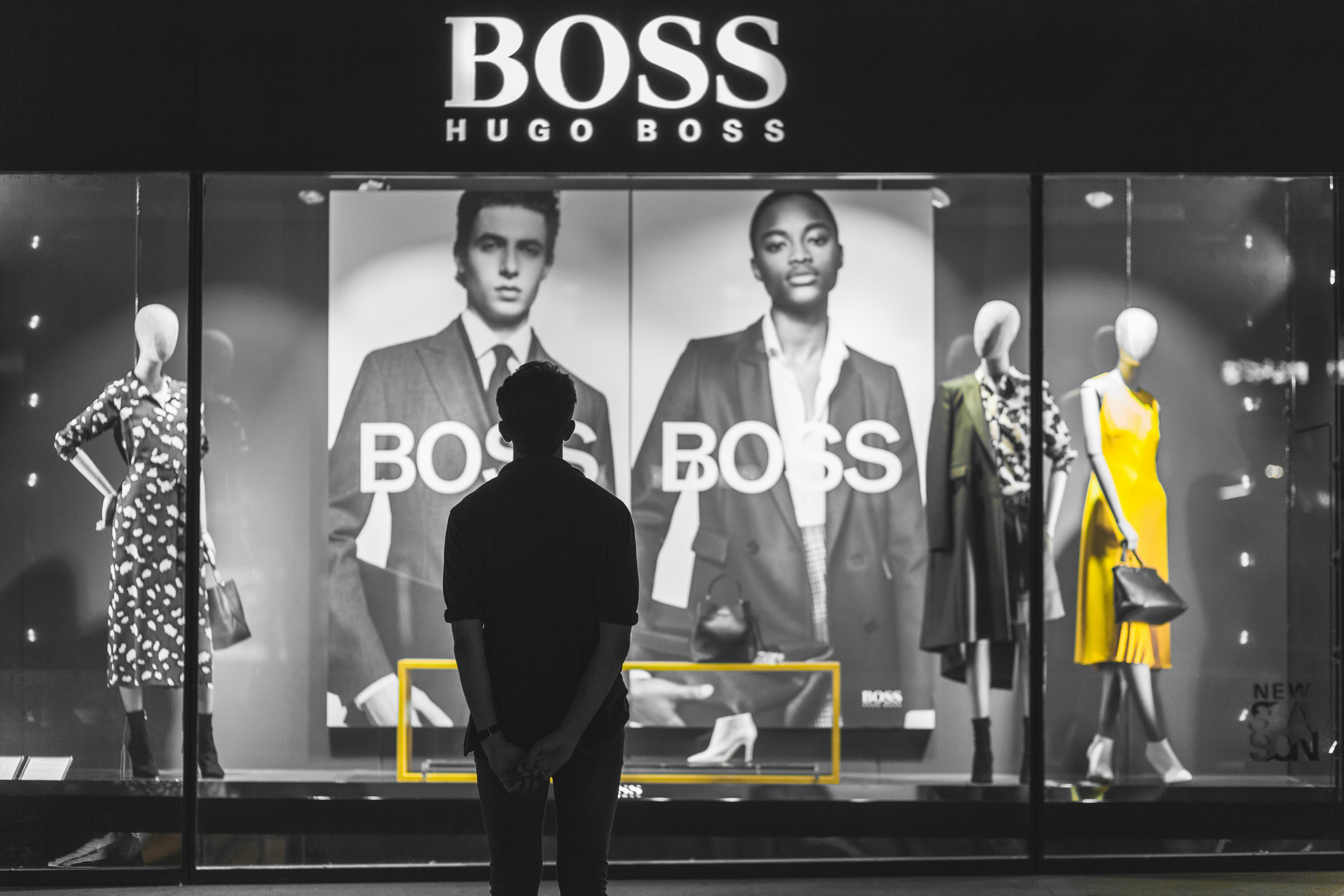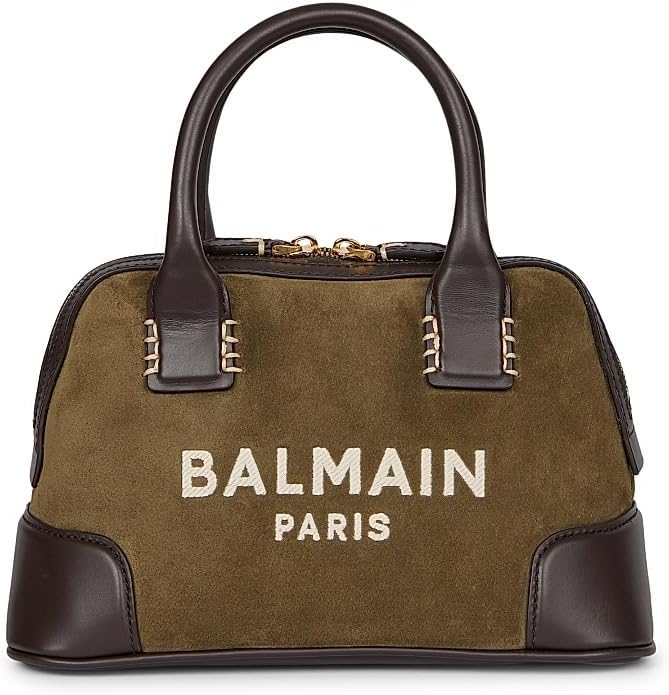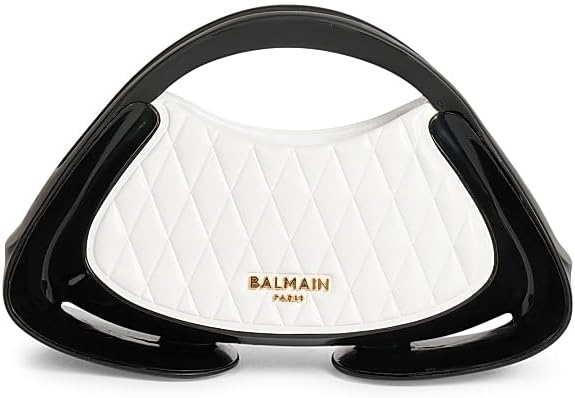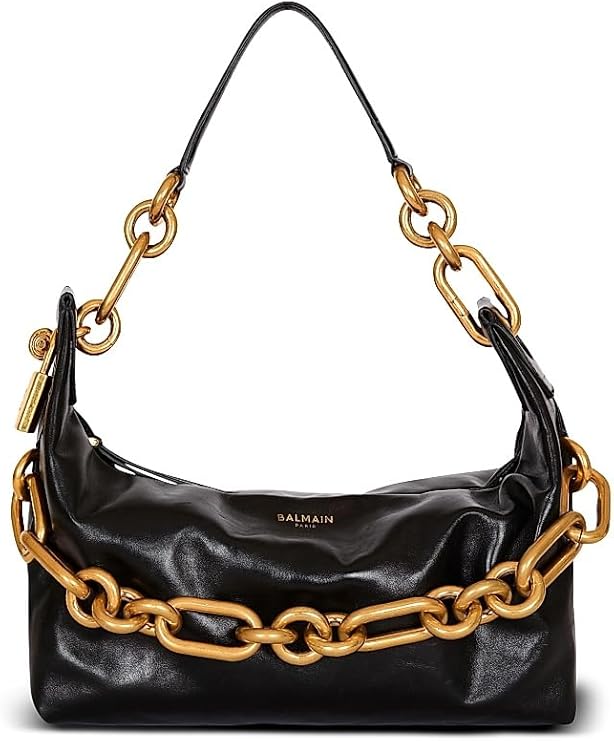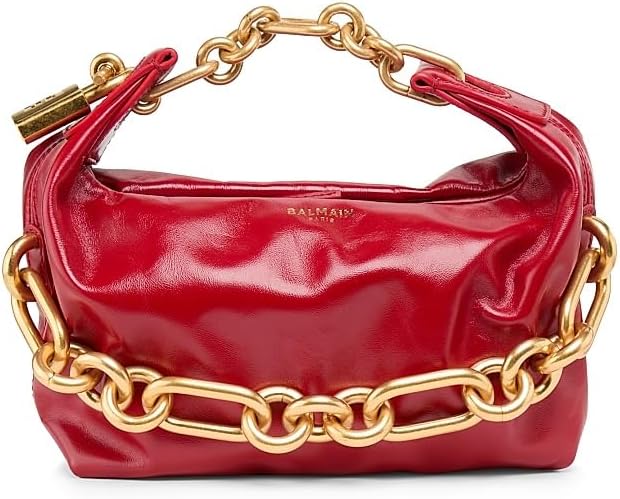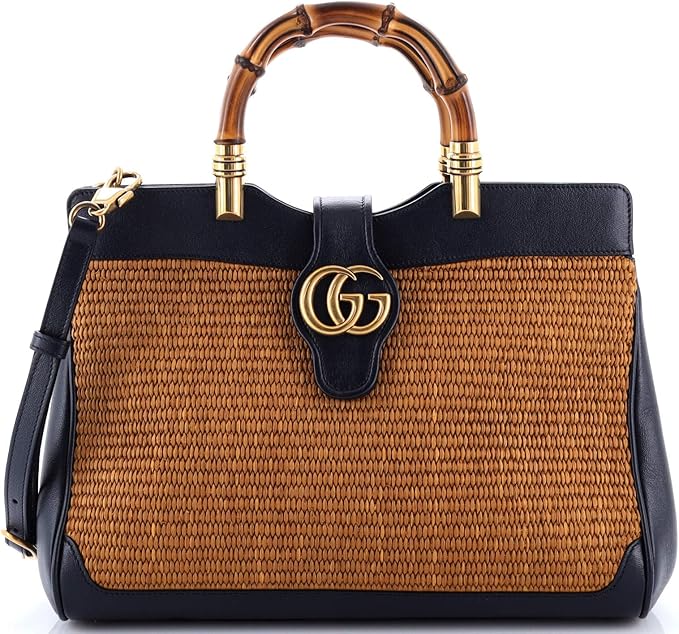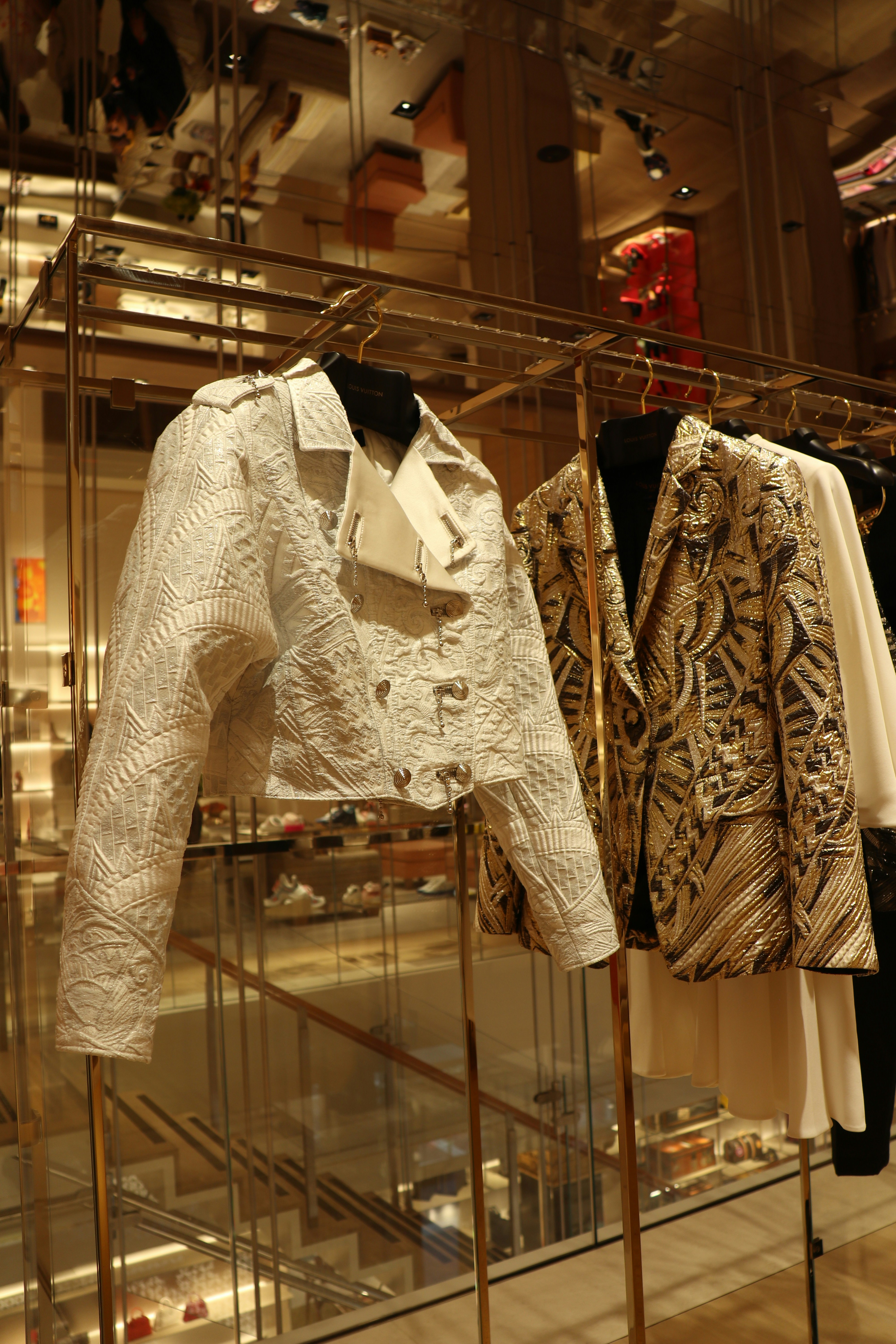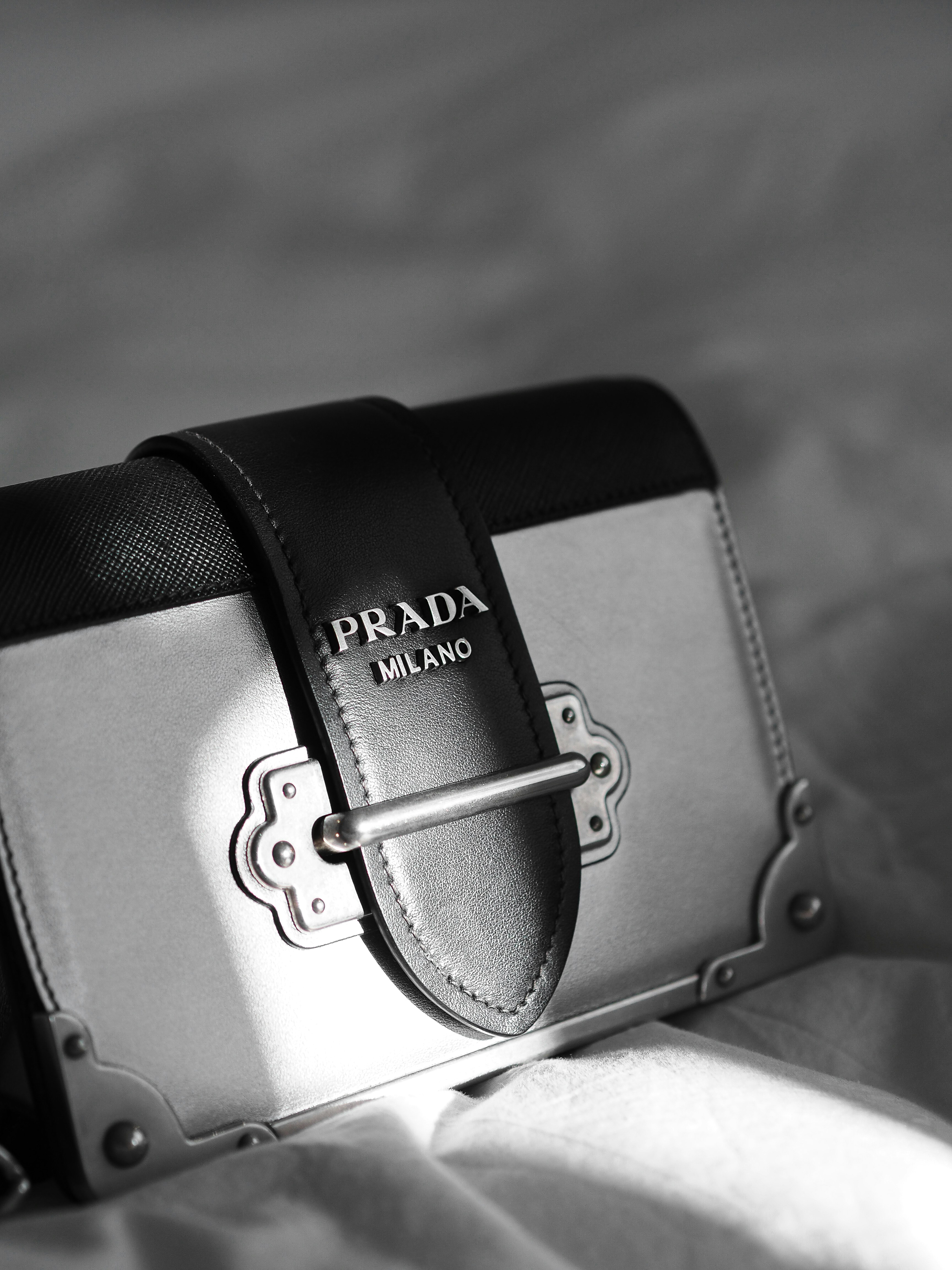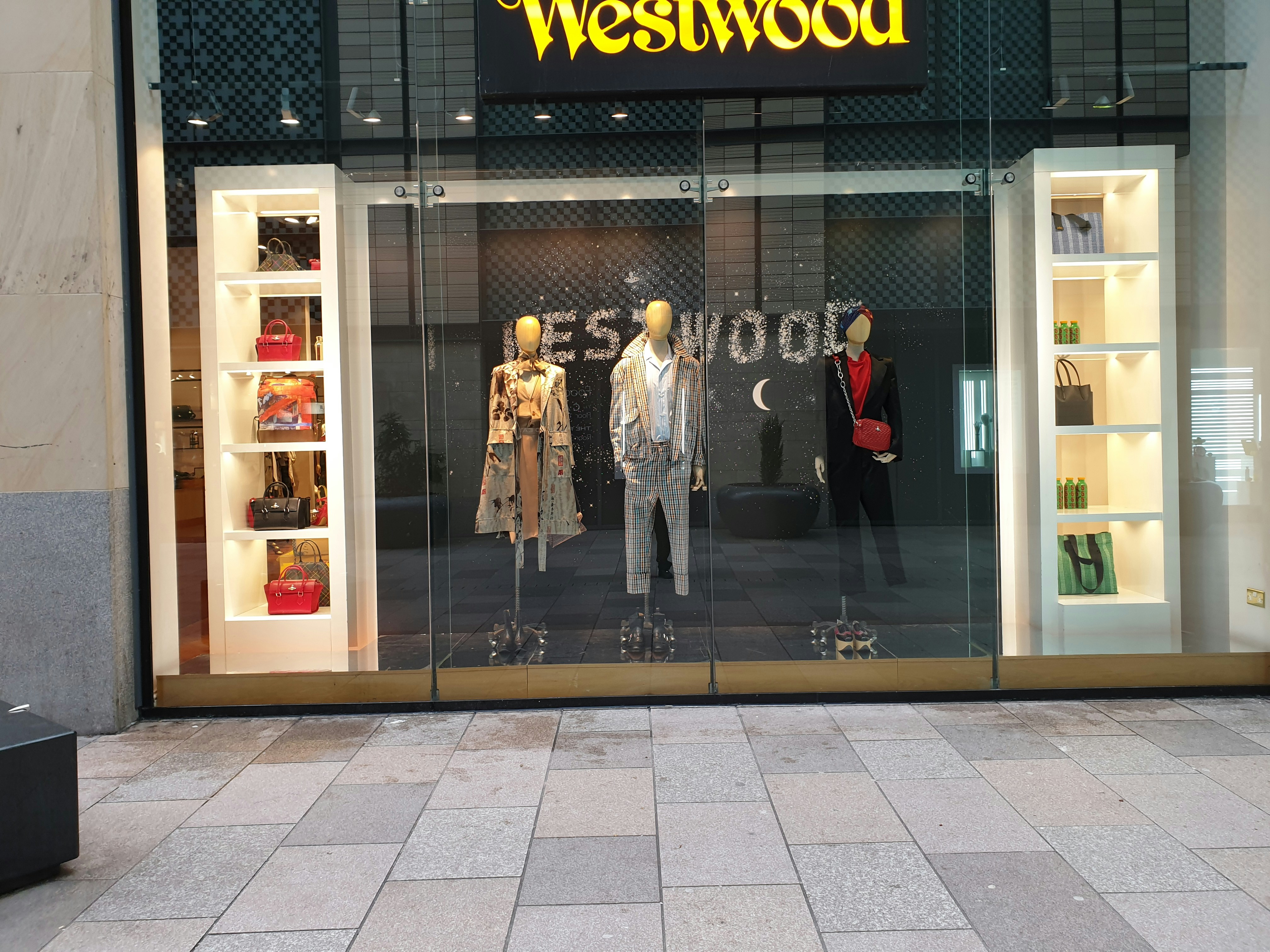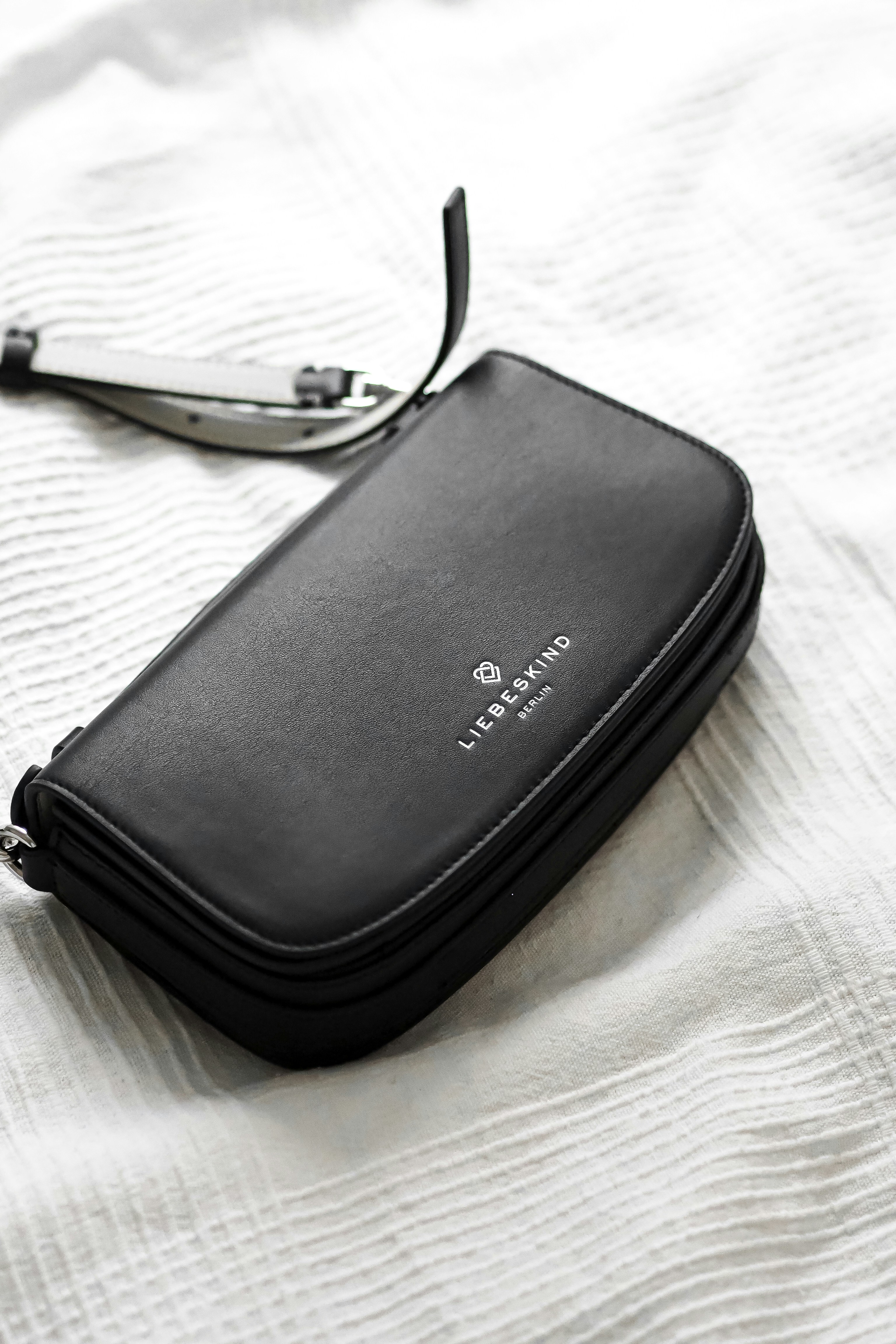A Brief History of Hugo Boss
Hugo Boss was founded in 1924 by its namesake, Hugo Ferdinand Boss, in Metzingen, Germany. Originally, the company specialized in manufacturing work uniforms, such as those for laborers and police officers. With a modest beginning, the label quickly gained a reputation for its commitment to craftsmanship and quality. However, the course of its history changed significantly with the onset of World War II.
During the war, Hugo Boss shifted its focus to produce military uniforms for the German army, which led to profitable contracts. This era marked a controversial chapter in the brand’s history, as it became associated with the wartime regime and faced post-war scrutiny due to its founder’s affiliations with the Nazi Party. After the war ended, the company was forced into bankruptcy, and in 1948, it was restructured and rebranded under new management.
The 1950s saw a pivotal shift as Hugo Boss transitioned from producing uniforms to high-quality menswear. The first official Hugo Boss men’s collection was launched in 1953, distinguished by fine tailoring and stylish designs. This evolution set the foundation for the brand’s future direction, leading it toward becoming synonymous with luxury fashion.
As the decades progressed, Hugo Boss underwent further transformations, embracing modern business attire and expanding its product offerings to include women’s fashion. The 1980s and 1990s marked significant international expansion, solidifying Hugo Boss as a global luxury fashion house. With innovative marketing strategies and collaborations, the brand has catered to a diverse clientele while maintaining its commitment to quality and timeless design.
Today, Hugo Boss is recognized as a leading fashion icon, continually reinventing itself in response to changing trends and consumer preferences, ensuring its place in the competitive landscape of global fashion.
The Art of Tailoring: Hugo Boss Suits
The craftsmanship behind Hugo Boss suits is a hallmark of the brand’s legacy, embodying the meticulous attention to detail that has defined its reputation since 1924. Each suit reflects a commitment to quality fabrics, which are sourced from the finest textile mills across Europe. From luxurious wool to innovative blends, these materials not only enhance the aesthetic appeal but also ensure comfort and durability, positioning Hugo Boss as a leader in premium menswear.
Innovative tailoring techniques play a crucial role in the construction of Hugo Boss suits. The brand employs a blend of traditional and modern sartorial practices, allowing for intricate designs that meet the demands of contemporary business attire. This fusion of old-world craftsmanship and cutting-edge technology enables the creation of suits that feature clean lines and sharp silhouettes, catering to various body types and personal styles. The use of techniques such as hand-stitching and canvas interlining further elevates the quality of each suit, providing both structure and softness that enhance the overall wearing experience.
Fit remains an essential aspect of Hugo Boss’s design philosophy, as an impeccably fitted suit can dramatically influence the wearer’s confidence and presence. The brand has meticulously developed a range of fits, from the classic to the slim cut, ensuring that there is a suitable option for every individual. Popular suit lines, such as the “Boss” and “Hugo” collections, showcase diverse styles that blend contemporary aesthetics with timeless elegance. Each collection reflects the intricate balance between functionality and sophistication, allowing business professionals to express their personal style while adhering to workplace standards.
Hugo Boss’s unwavering dedication to quality craftsmanship and innovative tailoring techniques sets its suits apart in the competitive menswear market. By prioritizing the finest materials and an exceptional fit, the brand continues to meet the evolving needs of its clientele while preserving its rich heritage in fashion.
Hugo Boss in Modern Fashion
In recent years, Hugo Boss has successfully positioned itself as a relevant player within the fashion industry by carefully navigating the complexities of modern trends while staying true to its rich heritage. The brand’s contemporary collections are characterized by a sophisticated blend of elegance and modernity, which has resonated with a diverse consumer base. This delicate balance is reflected in their versatile lines, catering to both formal occasions and casual wear, thus appealing to the preferences of a younger generation.
One of the critical strategies employed by Hugo Boss in the modern fashion landscape is collaboration. By partnering with a variety of designers, influencers, and even artists, the brand has infused fresh ideas into its collections. These collaborations not only amplify the brand’s reach but also allow it to tap into new demographics, particularly Gen Z and millennial consumers who are increasingly seeking brands that resonate with their values. Additionally, limited-edition pieces resulting from these partnerships often create a sense of urgency, encouraging customers to engage with the brand more actively.
Moreover, Hugo Boss has adopted innovative marketing strategies, focusing on digital engagement to attract a younger audience. An increased presence on social media platforms has enabled the brand to showcase its collections in real-time, while influencer partnerships help elevate its visibility. Through targeted advertising that aligns with modern consumers’ interests, Hugo Boss is astutely navigating the digital landscape to solidify its relevance in contemporary fashion.
In aligning its product offerings with current trends while maintaining its signature style, Hugo Boss has ensured its brand remains synonymous with both luxury and accessibility. This strategic evolution not only honors its historical roots but also proves that a heritage brand can adapt and thrive in the face of ever-changing consumer demands and industry standards.
Sustainability and Ethical Practices in Hugo Boss
Hugo Boss, a renowned German fashion icon, has progressively embraced sustainability and ethical practices in its operations since its inception in 1924. As the fashion industry grapples with environmental challenges, Hugo Boss has taken significant strides towards reducing its ecological footprint, making sustainability a core component of its business strategy. The brand has committed to integrating environmentally friendly materials into its manufacturing processes. For instance, Hugo Boss prioritizes the use of organic cotton, recycled polyester, and eco-friendly dyes, which ultimately mitigates the adverse environmental impacts typically associated with fashion production.
In addition to sustainable materials, Hugo Boss has focused on promoting social responsibility within its supply chain. By adhering to strict guidelines concerning labor rights and working conditions, the brand seeks to ensure that those involved in the production of its garments are treated fairly and ethically. Hugo Boss’s code of conduct emphasizes compliance with international labor standards, further cementing its commitment to ethical business practices. The company regularly audits its suppliers to maintain adherence to these principles, fostering a culture of transparency and accountability.
Furthermore, consumer awareness plays a crucial role in shaping the future of sustainable fashion. Hugo Boss actively engages with its customer base, educating them about the importance of sustainability and ethical practices. The brand’s marketing initiatives highlight its dedication to producing stylish yet responsible products, positioning Hugo Boss as a considerate choice for environmentally conscious consumers. By offering collections that reflect both contemporary trends and sustainable ethics, Hugo Boss successfully appeals to a demographic that values versatility and responsibility in their fashion choices.
Overall, Hugo Boss demonstrates a sincere effort to balance style, sustainability, and social responsibility, ensuring that its legacy as a leading fashion house is both contemporary and aligned with the values of modern consumers.

